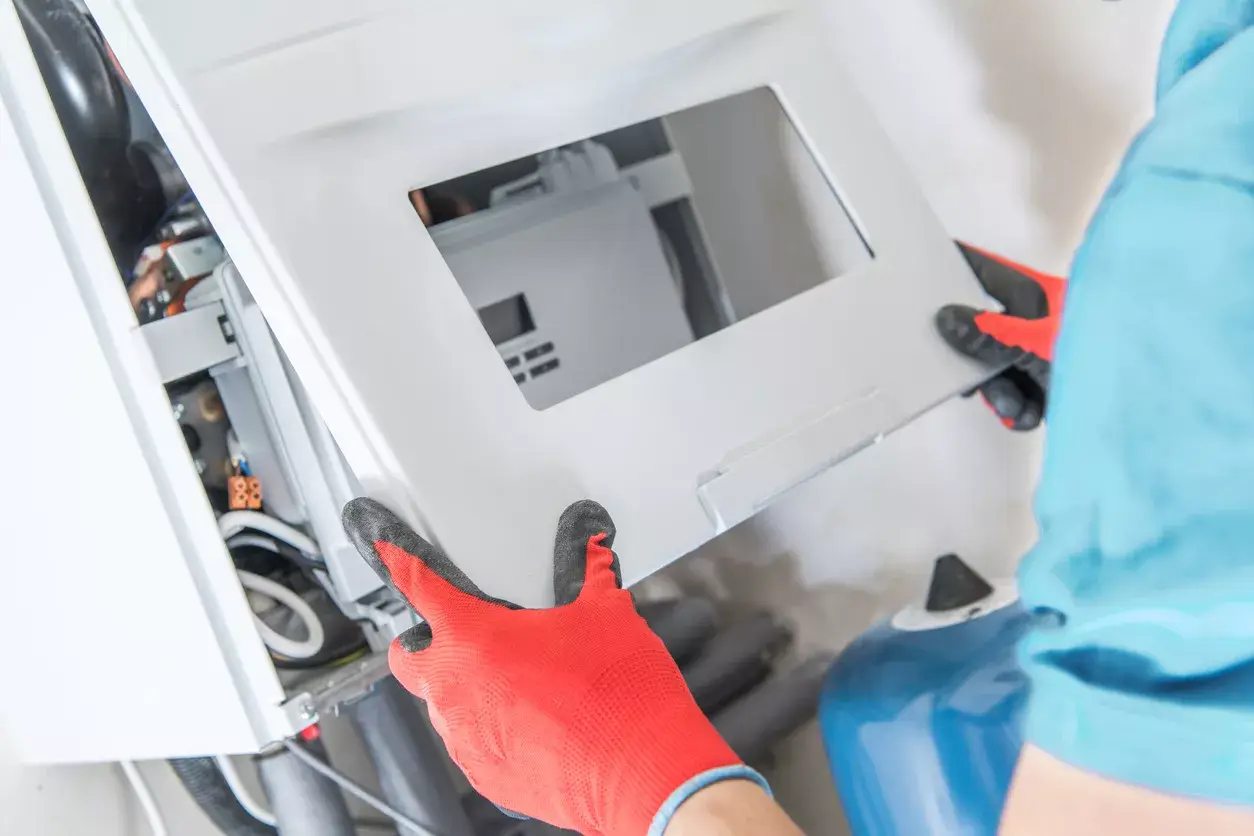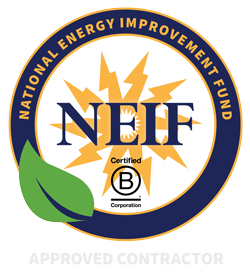Furnace 101: Everything You Should Know As a Savvy Homeowner
- Heating
- Miscellaneous

The most common source of home heating in the United States is the furnace. But most people don’t understand how this amazing piece of machinery really works. It’s either out in the garage or in the basement, out of sight and out of mind.
However, if you’re a homeowner, it is important to understand how this heating system works. Why? If your furnace is displaying issues, it’s better to recognize there is a problem and have a general idea of what may be causing the furnace problem rather than have the issue go unnoticed or ignored. The results could be dangerous and extremely expensive in labor, repairs, replacement and other costs.
Benefits of Understanding How Your Furnace Works
Homeowners who understand how their furnace works will experience many long-term benefits, including:
- A longer lasting heating system: When a homeowner understands how their furnace works, the chances of noticing a problem right away increases. The more a furnace is inspected and maintained, the longer it will last. And since this is an expensive piece of equipment for your home, you will want to avoid having to replace it before its time.
- Greater energy efficiency: A furnace that is working at it’s best will produce heat in your home with ease, making your property greener. However, if your furnace struggles to work, it will take more and more energy to produce heat and in the long run, this will cost your more money and put unnecessary stress on the furnace system.
- Quicker reaction time to problems: The faster you notice a problem with your furnace, the quicker you can get someone to take a look at it. This will prevent any hiccups in your heating. The last thing you want is to be stuck in a cold house where the heat isn’t working.
- Improved home comfort: When your furnace works the way it is supposed to, you can be guaranteed a warm, comfortable home all season long. By paying attention to your furnace and how it is working, you can avoid any major problems during the colder months.
How Your Furnace Works
The furnace is a remarkable piece of machinery that is responsible for you keeping you and your family warm as the temperature drops outside. To understand how it does this, we have broken down the process into steps. Essentially, a furnace heats a home using the six step process outlined here:
- Step 1: The thermostat senses the temperature in the home. If the temperature is too low, according to the temperature you set on the thermostat, the furnace burner turns itself on. Sometimes you will hear a clicking sound when this happens.
- Step 2: Once the burner is on, it will continue to run until the temperature set on the thermostat is reached and maintained. Your furnace is smart and can sense the temperature in the house at all times – as long as it is working correctly.
- Step 3: Now that the furnace is running, what is actually happening inside the device? The heat produced by the burner circulates inside the heat exchanger, which then transfers combustion gasses to the flue vent connector and then to a building chimney where they are vented outside. These gases belong outside because if they are contained in a small space, such as your home, they produce negative health effects such as eye and respiratory irritation, coughing, headaches, tiredness and dizziness.
The following last steps are straightforward and explain how a furnace turns a cold house into a place of warmth after getting rid of combustion gases.
- Step 4: The furnace also works as an air filter during this next step. Using an electric fan, the furnace pulls in fresh, cold air and filters it so that you won’t be breathing in dust and other harmful particles. Not only that, but the air must be clean when running through the system to keep the machinery in tip top shape. For this reason, it is Important to replace filters every few months.
- Step 5: At this point, the filtered air passes into the plenum, a small, enclosed space. The hot air rises from the heat exchanger and then circulates throughout the home via air ducts. This heating process continues over and over until the desired temperature is created and maintained throughout the home.
- Step 6: The furnace regulates itself with a blower fan. The fan is able to turn on and off to regulate the amount of heat produced. System size is important at this stage. If a furnace is too large for the area it intends to heat, it will short-cycle. If it is too small, the furnace will constantly run during the colder months and in turn use a lot more energy to heat a home than should be necessary.
As a homeowner, it is your job to understand how something as important as a heater works to heat your home. Being able to recognize the steps a heater takes to produce heat will help you understand if there is a problem and get it taken care of right away.
For More Information on All Things Heating Maintenance, Call NSHEC Today!
Contact North Shore Home Energy Today for the Best in Heating Maintenance!
Check Out Our Current Specials!
Read The Great Things That Your Neighbors Are Saying About NSHEC.





